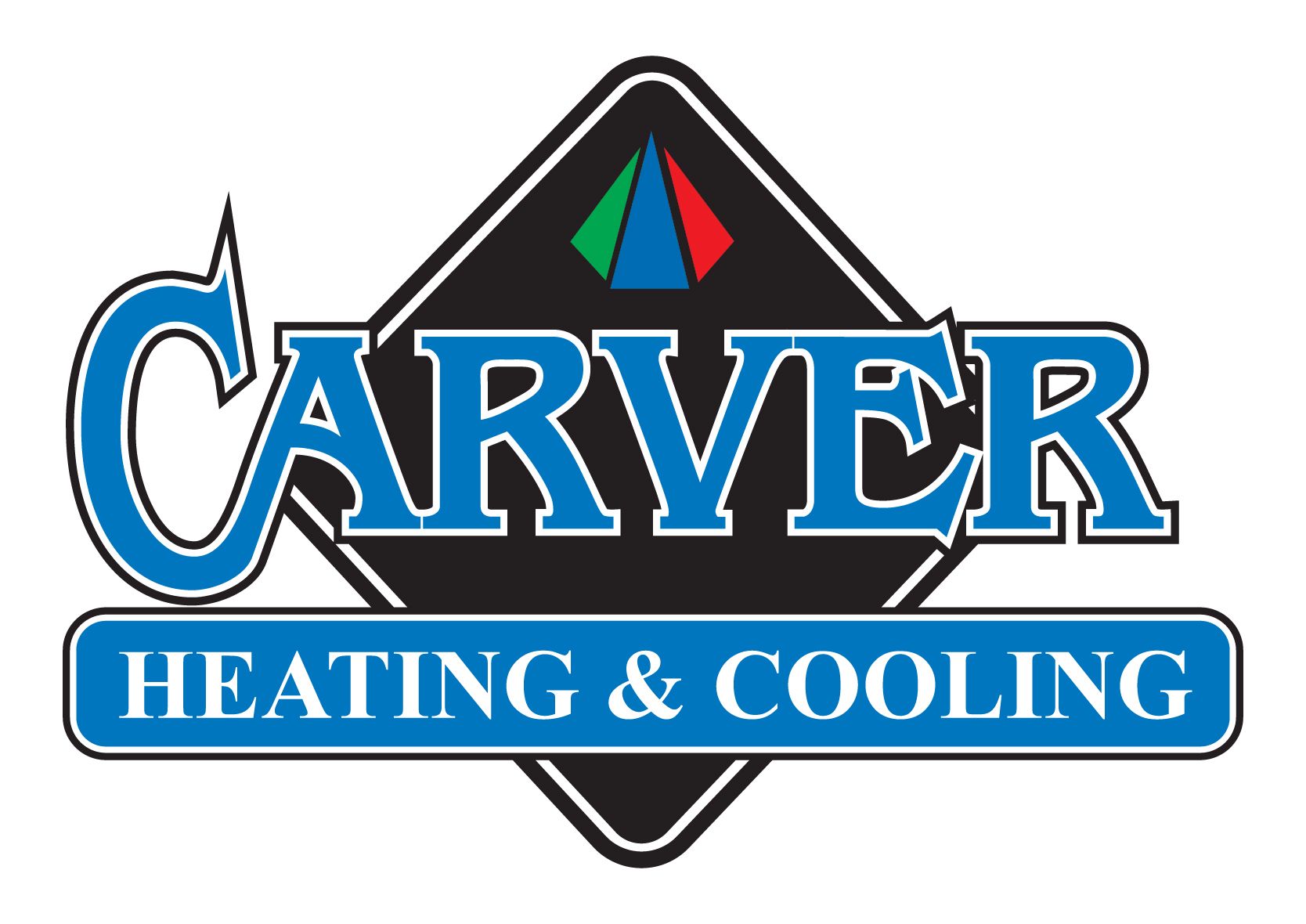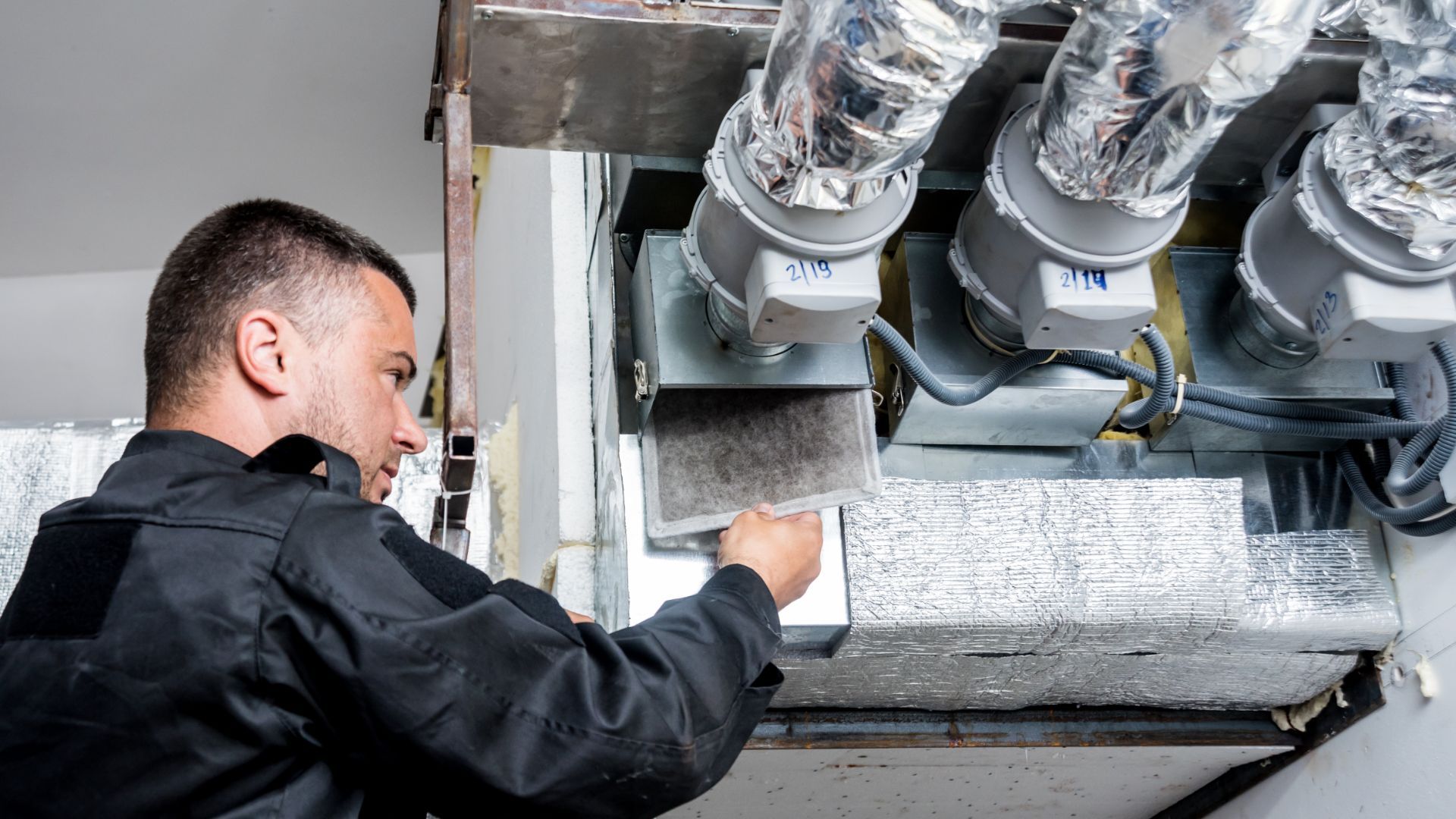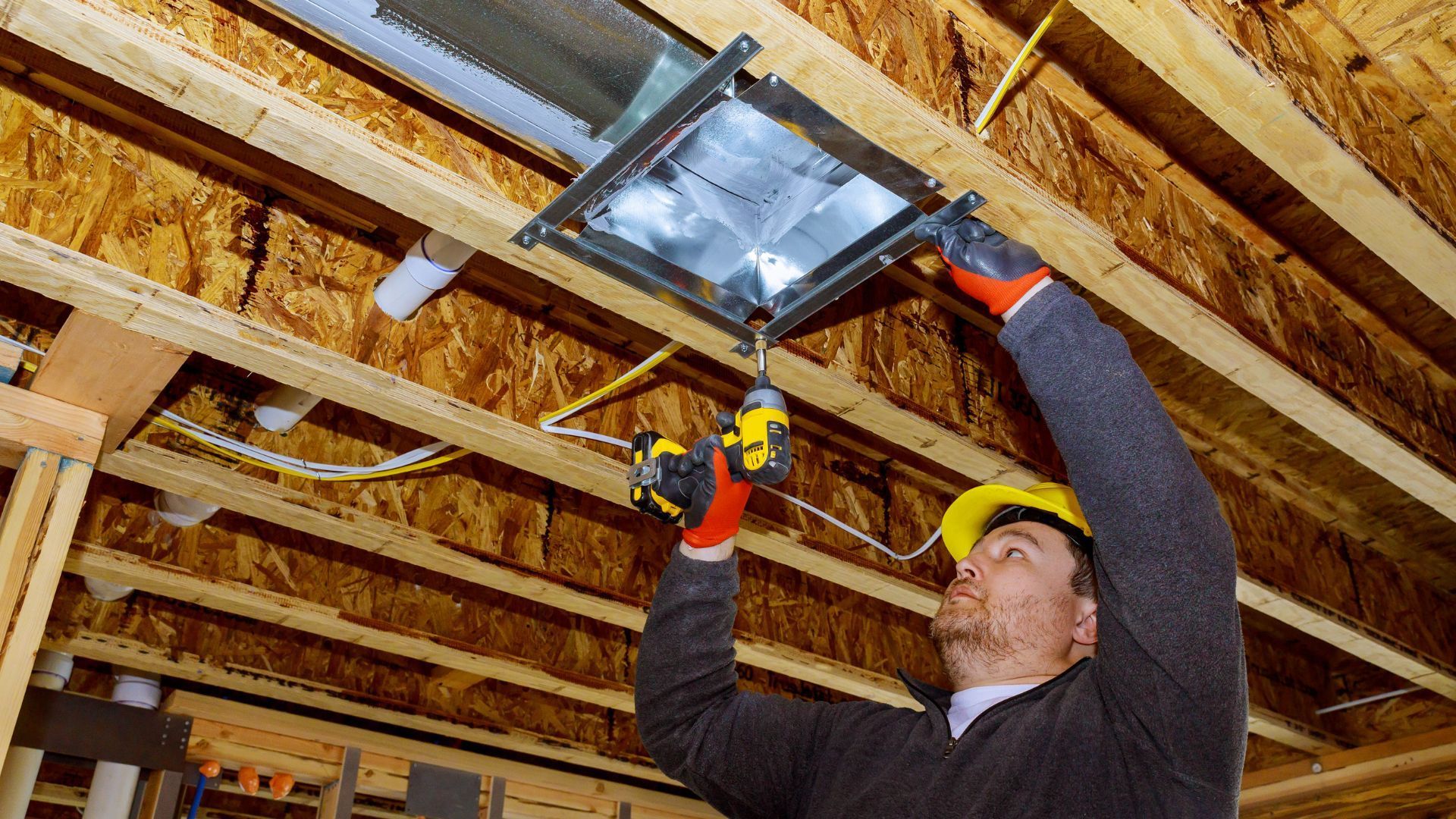Furnace Buying Guide: How To Pick The Right One
Furnace Buying Guide: How To Pick The Right One

Need to buy a new furnace for your home? It’s best to make sure you’ll pick the right one for your place.
The home’s heating and cooling greatly depend on your
furnace. There are many factors to consider when selecting the best furnace.
In this article, we'll discuss what factors to consider when purchasing a furnace.
Let’s begin!
What’s a furnace?
A furnace is a heating device that circulates warm air through a ventilation system to keep a home warm during the colder months. Heat can be produced using natural gas, propane, electricity, or oil. Having a functioning furnace is a must throughout the long, cold winters.
Types of Furnaces
Single-stage Furnace
Single-stage furnaces, also known as single-speed furnaces, have only one level of heat output, which is high. No matter how cold it is outside or in some parts of your home, they always send out the maximum amount of heat that the furnace can handle.
Two-stage Furnace
Two-stage furnaces, also known as two-speed furnaces, work much better than one-stage furnaces. In most climates, the first stage of this furnace operates at about 65% of its full capacity. A two-stage furnace produces just enough heat to keep your home and family comfortable.
Multi-speed Furnace
Multi-speed furnaces, also known as multi-stage or variable-speed furnaces, have varying levels of energy. With a multi-stage furnace, you can reduce the blower capacity to as little as 40%, giving you just the right amount of heat while saving money and energy.
Modulating
A modulating furnace is one that gradually increases or decreases the temperature of the room. With a modulating furnace, the flame rises and falls in smaller, more precise steps. This prevents the room temperature from deviating more than a few degrees from the thermostat's set temperature.
Furnace Lifespan
A well-maintained furnace has an average lifespan of 15 to 25 years. You can extend its life even further if you schedule regular maintenance and repairs.
When the furnace is more than 15 years old, it's time to start thinking about replacing it. Your furnace, like a car, will require regular maintenance and repairs. When not done properly, it can reduce the life of your furnace.
However, regular maintenance is not the only factor that makes a furnace last. Such factors are:
- Poor installation
- Extreme temperature or thermostat settings
- Wrong sizing
- Lack of maintenance and repairs
All of these factors must be considered. With that, you must be careful in picking your furnace replacement. The right one can keep your home warm for longer years.
Factors to Considering in Picking The Right Furnace
1. Size
The size of the furnace will affect how the supply of heat is distributed. It would be best if you had a furnace that can supply heat consistently, efficiently, and with the right amount.
An undersized furnace will consume a lot of energy and fuel when used. It’s like using a portable heater to heat the entire house.
On the other hand, if your furnace is oversized, it can provide too much heat and too fast. This will lead to “short cycling.” This means your furnace will turn on and off faster than usual and will take its toll on the furnace as it consumes more energy. This can lead to a breakdown.
The right size will help you avoid all those dilemmas and future problems, not only that. It will contribute to the longevity of your furnace’s lifespan.
2. Energy Efficiency
In these modern times, homeowners take energy efficiency seriously. A furnace is a major energy-consuming appliance in a home.
With that, we’d want a system that can cost energy consumption and energy bills.
Choosing the right furnace will help you cut back on the electricity bill. Not only that, energy-efficient furnaces give better comfort with less noise produced.
Also, the innovative features of energy-efficient furnaces have better performance and can pro-long furnace life span. Most of all, energy-efficient furnaces are good for the environment.
3. Cost
One of the most important factors when buying a furnace is considering the price or cost of the HVAC. Having the right furnace can be an investment that can help you save more on maintenance and frequent replacement.
Here are factors that impact furnace cost:
- Furnace type (gas, electric, oil, or propane)
- Code requirements (licensing, safety, code requirements, etc.)
- Warranty preferences (warranties, service offers, maintenance plans)
- Environmental preference (filtration options, energy efficiency, etc.)
- Technical requirements (brand, home size, heat source, ductwork)
Brand new furnaces can cost about $3,000 to $7,000 or more. You need to be careful and find a reliable supplier for your furnace.
4. Maintenance and Warranty
Whether or not to buy a new furnace also depends on how often and how much it costs to fix. When buying a furnace, you should also think about the terms and conditions of the warranty, such as the length, the parts, and the labor. Different brands have different warranty terms, like 5 years, 20 years, or even a lifetime for some parts.
5. Incentives and Rebates
The Canada Greener Houses Grant assists Canadians in making their homes more energy-efficient. They also create new opportunities for energy consultants across the country, expanding our domestic green supply chains and combating global warming.
To receive payment, homeowners must first have finished their house renovations.
After December 1, 2020, qualified retrofits will be eligible for up to $5,000 in total funding.
EnerGuide pre- and post-retrofit inspections might cost up to an extra $600. Pre-retrofit evaluation costs cannot be reimbursed unless the Greener Homes Grant application is completed in its entirety.
Where to Buy a Furnace?
If you happen to live in London, Ontario, an efficient and reliable furnace is essential. Especially in cold seasons, you will definitely have your furnace working well. To find the best supplier of HVAC systems with a highly qualified team for service, check out Carver Sheet Metal—your dependable furnace supplier.










